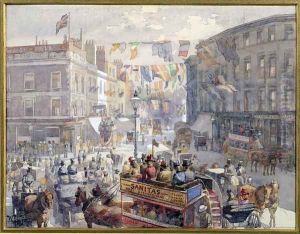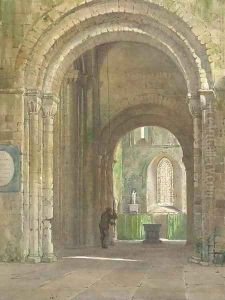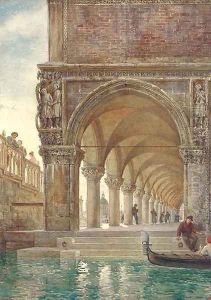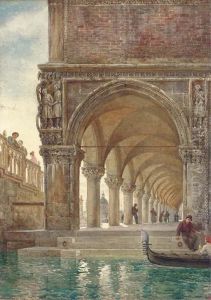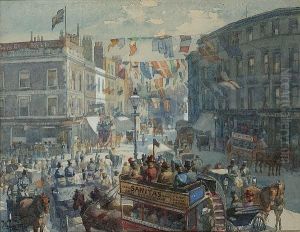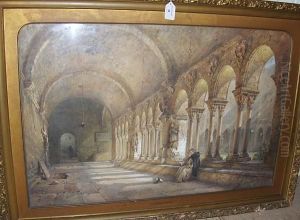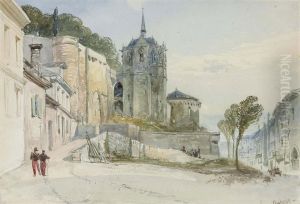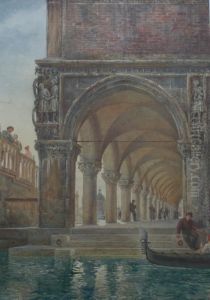William Harding Collingwood-Smith Paintings
William Harding Collingwood-Smith, often known simply as Collingwood Smith, was a British watercolour artist and illustrator born in Greenwich, England, in 1815. He was known particularly for his landscape paintings and as a member of the influential Collingwood family, which included W.G. Collingwood, an artist and author who was also the secretary to John Ruskin.
Collingwood Smith was apprenticed to a heraldic artist, which influenced his meticulous approach to painting. He developed a passion for watercolour and became noted for his landscapes and maritime scenes. His works often exhibit a fine attention to detail and a keen eye for capturing the changing moods of the English countryside and coast.
In 1843, Collingwood Smith was elected as an associate of the New Watercolour Society, which later became the Royal Institute of Painters in Water Colours, and he became a full member in 1845. Throughout his career, he exhibited at the Society of British Artists and the British Institution, and his work was well received by critics of the time.
Collingwood Smith was also active in the art community as a teacher. He authored a book titled 'The Artistic Anatomy of Trees' which was published in 1895. His book reflected his deep understanding of the subject and provided insights on how to observe and paint trees effectively, illustrating his mastery of the watercolour medium and his dedication to sharing his knowledge with others.
Despite his success, Collingwood Smith never attained the same level of fame as some of his contemporaries. Nevertheless, his works continue to be appreciated by collectors and art historians for their contribution to the British watercolour tradition. Collingwood Smith's legacy is also preserved through his influence on future generations of artists, including his own family members.
William Harding Collingwood-Smith passed away in 1887, leaving behind a body of work that continues to be studied and admired for its technical skill and evocative portrayal of the British landscape.
